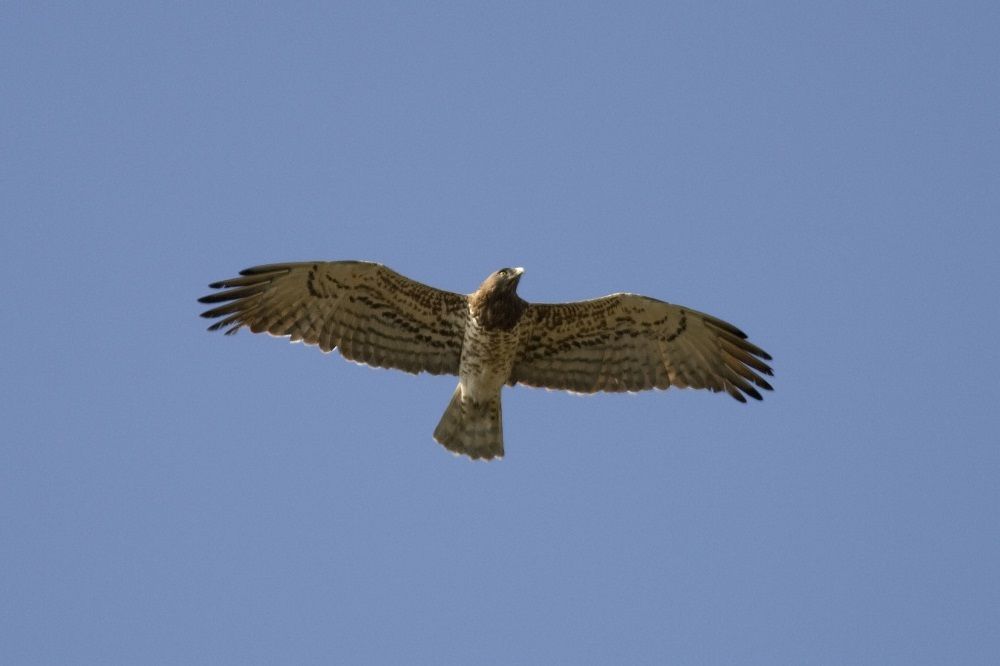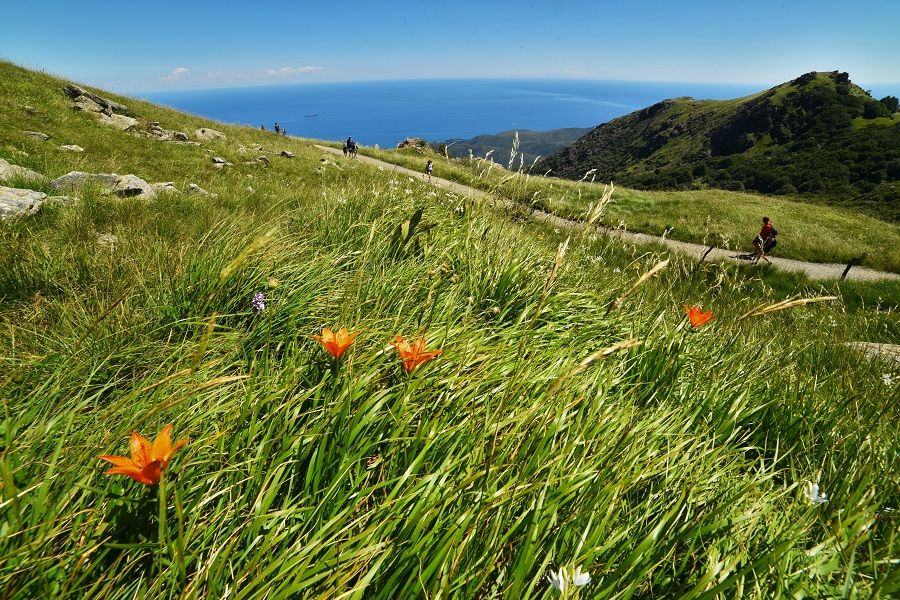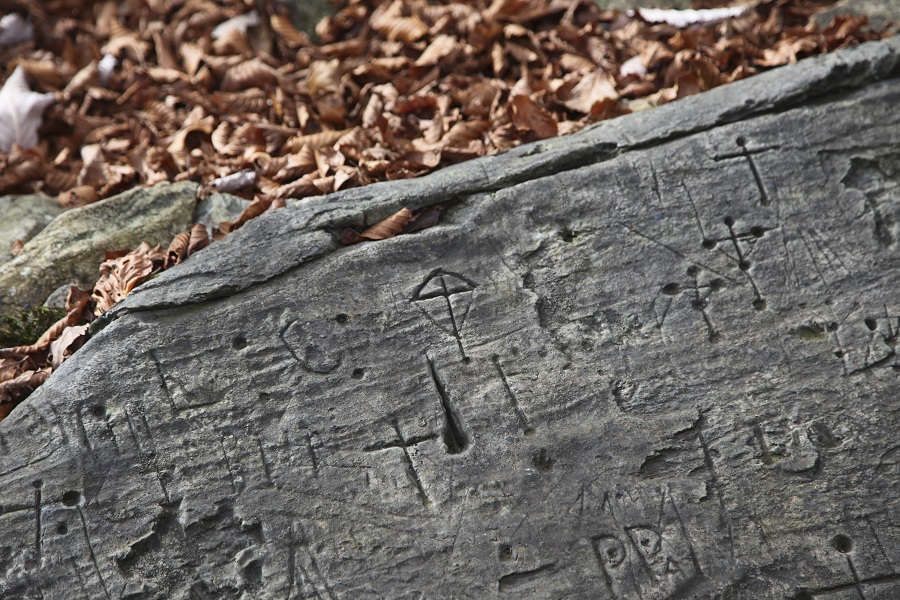Why should you visit the Beigua Park

It flies up in the boundless blue of the Beigua Park‘s spring skies. It flies silently, hardly ever beating its great wings. Then down it dives suddenly as it found its prey.
It is the short-toed snake eagle, one of the largest diurnal birds of prey and certainly the largest of the migratory birds.
You can see it in spring by birdwatching in the Beigua Park. The short-toed snake eagle spends the winter in Africa and arrives in Europe in March. Its large wings enable it to travel thousands of kilometres and are also very useful for searching for its preys, i.e. snakes. It stands still for a long time, high in the sky, and then dives down when it finds its prey. It rarely misses its target!

Beigua’s operators are experts in migration and every year in spring they welcome many other birds of prey such as honey buzzards, kites, marsh harriers, lesser spotted eagles, but also many falcons such as hobbies, kestrels and red-footed falcon. A paradise for birdwatchers! You must take your binoculars or a spotting scope with you.

However, also those who are not into birdwatching can have a lot of fun at Beigua Park: you can go geotrekking and discover the traces that animals and humans have left over time, among fossils and rock engravings. Discover marvellous flowers, get to know and taste local products with the “Tasty by Nature” treks or experience mysticism on the path of the Badia di Tiglieto, the first Cistercian abbey built outside French territory.




